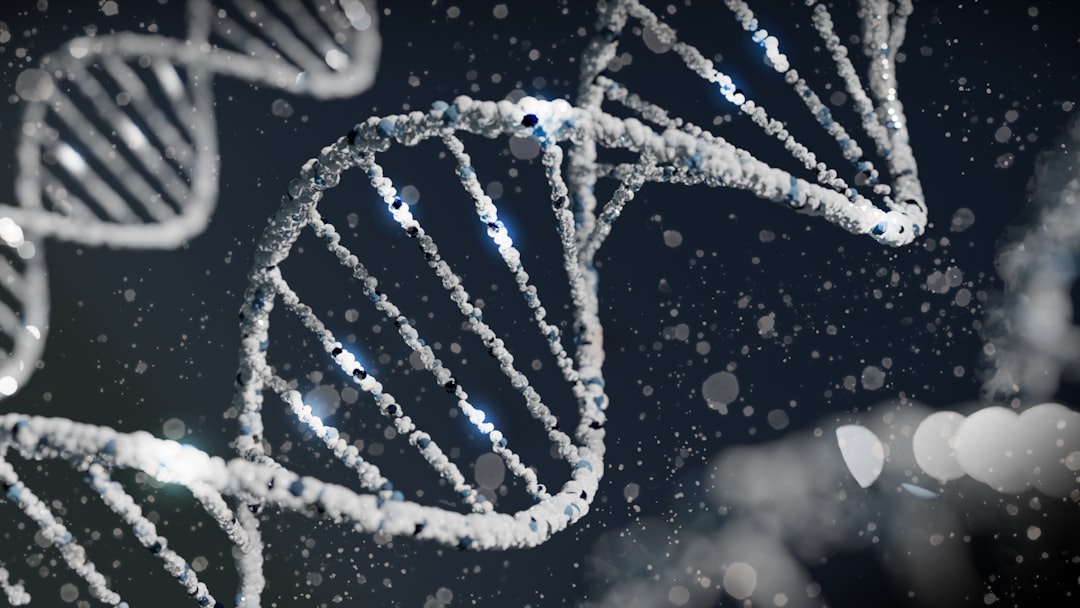What is it about?
The cornea is the anterior, transparent surface of the eye that permits light entry and focus on the back of the eye, thus enabling sight. The outer surface of the cornea is regenerated by a population of stem cells. In this mouse study, we use single cell RNA sequencing to resolve the cell states that accomplish renewal of the corneal surface in homeostasis and disease conditions including diabetes, aging, and dry eye disease. We identify genes that are important in stem cell differentiation in homeostasis, as well as transcriptional programs that are activated in dry eye disease and corneal surface injury.
Featured Image

Photo by v2osk on Unsplash
Why is it important?
Tens of millions of people worldwide suffer from dry eye disease, a condition that occurs when the eyes don’t produce sufficient tears to lubricate and protect the eye's surface. This condition leads to eye pain, blurred vision, and recurrent injury. There are drugs, but they only work well in about 10% to 15% of patients. In this work, we identify novel protein targets that may activate regenerative programs in the cornea that repair the eye's surface. These potential therapeutic targets may be beneficial for patients suffering from dry eye disease and other types of corneal surface injury.
Perspectives
Working with collaborators and trainees, this was a wonderful opportunity to use science to make a potential difference in patients lives.
Rajendra Apte
Washington University in Saint Louis
Read the Original
This page is a summary of: Dry eye disease in mice activates adaptive corneal epithelial regeneration distinct from constitutive renewal in homeostasis, Proceedings of the National Academy of Sciences, January 2023, Proceedings of the National Academy of Sciences,
DOI: 10.1073/pnas.2204134120.
You can read the full text:
Contributors
The following have contributed to this page










